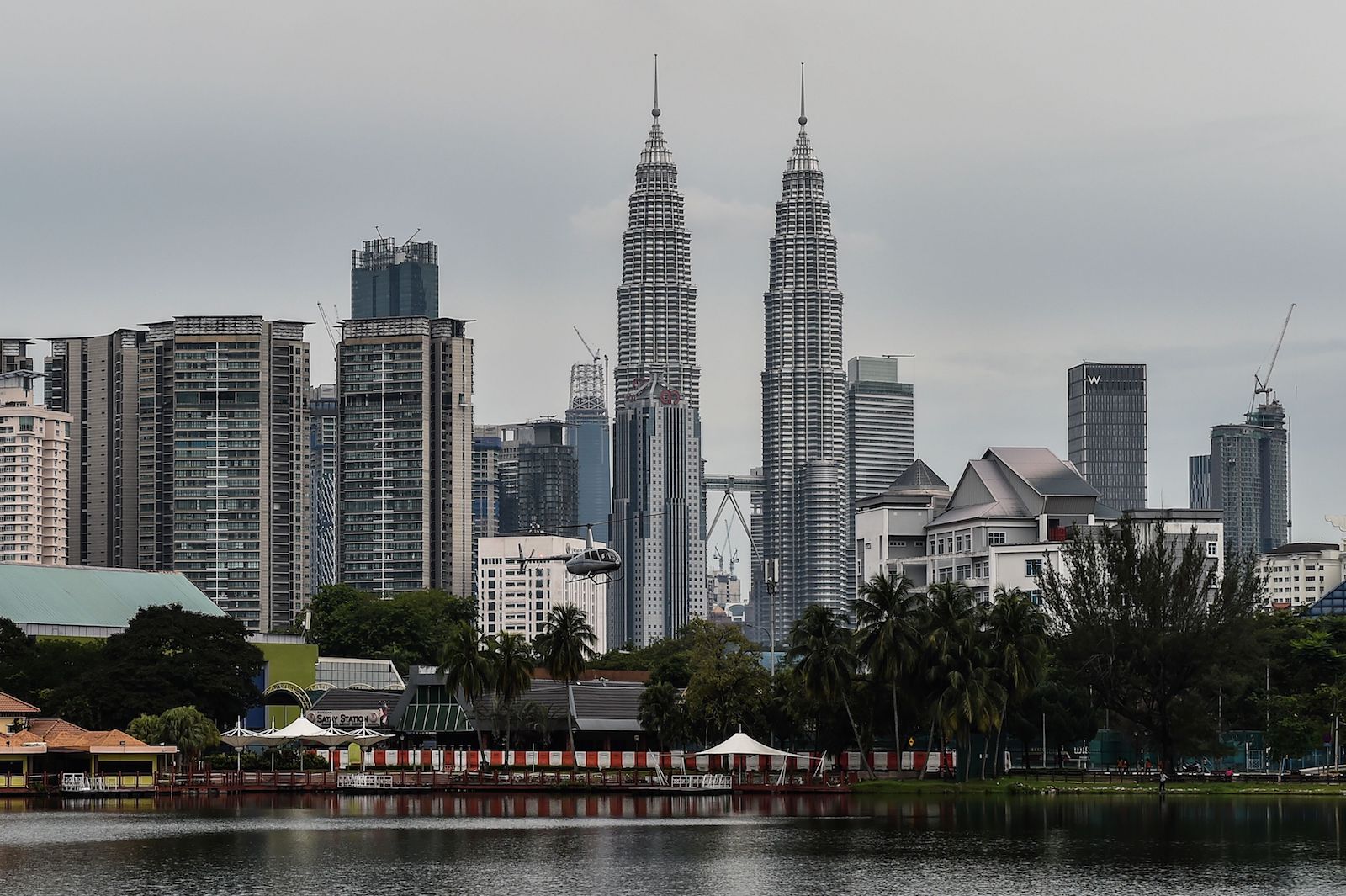Inclusiveness in the New Malaysia

Malaysia's iconic Petronas Twin Towers in Kuala Lumpur. Malaysia has made outstanding progress in reducing extreme monetary poverty.
Photo: Mohd Rasfan/AFP/Getty Images
Since 1992, October 17 has been recognized as the International Day for the Eradication of Poverty, or more simply, End Poverty Day. It is a day for the world to engage on the progress made and actions needed to end poverty. A recent World Bank report documents the dramatic reduction in extreme poverty achieved from 1990 to 2015. In the span of 25 years, the share of people around the world living in extreme poverty fell from 36 percent to 10 percent (from 1.9 billion to 736 million), despite the global population growing from 5 billion to 7 billion. The progress has been driven by strong global growth and the rising wealth of many developing countries, particularly in the world’s most populous regions of East Asia and Pacific and South Asia.
The World Bank estimates that the global poverty rate has declined to 8.6 percent in 2018 and could surpass the 2020 interim target of 9 percent on the way to the goal of 3 percent by 2030. Despite this progress, the outlook for 2030 is still uncertain. The recent gains notwithstanding, the rate of poverty reduction at a global level has slowed in recent years.
Poverty has become increasingly concentrated in sub-Saharan Africa and in fragile and conflict-ridden areas, which together account for more than half of the world’s extremely poor people. Reaching the global goal of 3 percent by 2030 hinges critically on several factors, namely rapid and inclusive economic growth, strengthened governance, health and education investments, and increased productivity.
The Malaysian Story
Malaysia has made outstanding progress in reducing extreme monetary poverty. In 1970, almost half of Malaysian households lived below the national poverty line, which is almost double the international extreme poverty line of approximately 100 ringgit ($23.95) per person per month. Today, less than one percent of Malaysians live below the national poverty line. Using the higher threshold of the median national poverty line used in upper middle-income countries (approximately 292 ringgit per person per month), Malaysia’s poverty rate has declined from 17 percent in 2008 to 2.7 percent in 2015.
In Malaysia, the rapid income growth among the bottom 40 percent from 2011 to 2015 is driven by strong performance between 2011 and 2013—when wages rose significantly and the average income of the bottom 40 percent grew at an annual rate of 12 percent. The timing of the increase in labor earnings coincides with minimum wage legislation passed in 2012, which introduced minimum wages for the first time, relevant to all workers except domestic employees. The increase of minimum wages has also been linked to strong reductions in inequality in other countries such as Brazil. In contrast, Malaysia’s household income growth was lower in 2013–15, about 6 percent per year, and almost distribution-neutral.
As we seek to end poverty, we also need to recognize that being poor is not defined solely by a lack of income.
As countries become richer, social norms about what constitutes a minimally acceptable standard of living change as well. These shifting expectations apply not only to income security, but also to access to affordable services and amenities that safeguard an individual’s dignity as a fully functioning member of society. Current public discourse about the cost of living, the quality of public services, and related topics are clear evidence that Malaysians are aiming higher and setting their sights on reaching a better quality of life.
Against the high-income and developed country standards that Malaysia aspires to achieve, existing gaps and vulnerabilities cannot be easily dismissed as isolated cases. As just one example, a study by Malaysia’s Institute for Public Health in 2016 found that 20.7 percent of Malaysian children are nutritionally stunted. Equally important, significant rates of stunting were found in cities as well as rural areas and across all states, all ethnicities, and all levels of income and maternal education.
Going Forward
As we seek to end poverty, we also need to recognize that being poor is not defined solely by a lack of income. Other aspects of life are critical for well-being, including education, access to basic utilities, health care, and security. This expanded, multidimensional view reveals a world in which poverty is a much broader, more entrenched problem, underlining the importance of investing more in human capital.
Going forward, social policies and interventions could be made more effective by tailoring them better to people’s living conditions. One case in point is the Cost of Living Aid (BSH) cash transfer program. Its impact and cost-efficiency could surpass the effectiveness of past programs by adjusting eligibility criteria and benefit levels to account for household size and composition, as well as differences in the cost of living by state and urban/rural areas.
Much has been made about Malaysia’s transition toward becoming a high-income country. The meaningfulness of this journey will increase if all Malaysians are given the opportunity to share in the monetary and nonmonetary benefits of this prosperity. Malaysia is well-poised to grow a larger and more resilient middle class, which itself can be an engine of future growth and a champion for better governance and increased accountability. This commitment to inclusiveness in the new Malaysia—and to tackling prevailing gaps and vulnerabilities—will eradicate poverty and improve the standards of living for all Malaysians.




